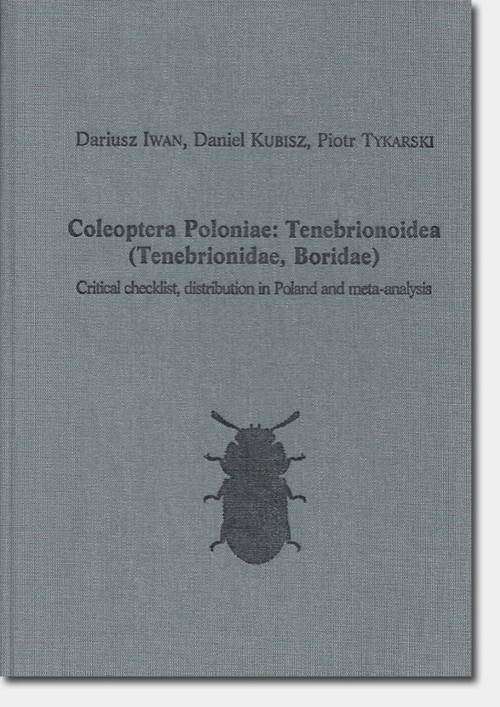Fauna Polski - Nowa seria - vol. 4 - The ants of Poland with reference to the myrmecofauna of Europe
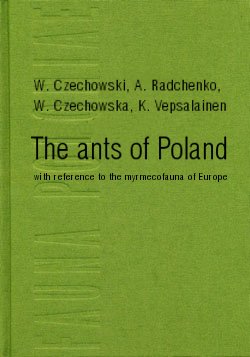 |
Wojciech Czechowski, Alexander Radchenko, Wiesława Czechowska, Kari Vepsäläinen The ants of Poland with reference to the myrmecofauna of Europe
Museum and Institute of Zoology of the Polish Academy of Sciences Warszawa 2012 173 x 243 mm, hardcover, 496 pages, 201 maps, 55 plates with several hundred SEM photographs of morphological details, 33 figures with drawings, 13 tables. ISBN 978-83-930773-4-2 |
Price: 95 € + 5% VAT + postage
Special Offer (save up to 70%)
Orders:
Please contact our orders department Ten adres pocztowy jest chroniony przed spamowaniem. Aby go zobaczyć, konieczne jest włączenie w przeglądarce obsługi JavaScript., or use online form (secure HTTPS connection)
This book on ants (Hymenoptera: Formicidae) is an updated, corrected and expanded version of the previous monograph of the Polish myrmecofauna (Czechowski et al. 2002). It contains 103 ant species of 25 genera reported in Poland until 2010, the occurrence of which in the country are unquestionable or at least considered by the authors probable. The book consists of four main chapters: (1) a systematic checklist of the ant taxa (subfamilies, genera, species) of Europe, (2) a faunistic catalogue of the ants of Poland, (3) characteristics of the myrmecofauna of Poland, and (4) keys for identification. The checklist is the newest updated list of the European ants, and it displays recent alterations in the ant taxonomy. It contains nine subfamilies, 57 genera and 613 valid species; the list is complemented by 10 recognised but not yet formally described species. The faunistic catalogue provides a taxonomic survey of the Polish ant species together with information about their general distribution in the Palaearctic and the distribution in Poland, with notes on the biology of each species. For some taxa (species, genera), notes on their taxonomic history are provided. The chapter compiles all faunistic data published until the end of the year 2010; published reports are supplemented by confirmed unpublished data available to the authors. For every species maps of their ranges in the Palaearctic and distributions in the geographical regions in Poland are enclosed. The catalogue is closed by a list of the species ever reported in Poland and later owing to a specified reason excluded from the Polish fauna. The next chapter includes zoogeographical and ecological characteristics of the Polish myrmecofauna, with reference to the European myrmecofauna as a whole. The last chapter includes keys for identification of the ant taxa (subfamilies, genera and species), individually for workers, queens and males (when distinguishable). The keys for subfamilies and genera involve all European taxa of these ranks. The keys for species include all ant species known in Poland, and those not reported from Poland but present in adjacent regions of Central Europe, and recognised as possible to be found in the country. The keys are illustrated with SEM photographs. The main chapters are preceded by the foreword presenting general trends in myrmecological research in the world throughout history, and the introduction, in which the past and the present of Polish myrmecology is outlined.
Key words: Ants, biology, checklist, ecology, Europe, faunistics, key, morphology, Poland, systematics, taxonomy, zoogeography.
Fauna Polski - Nowa seria - vol. 3 - Ptyctimous mites of Poland
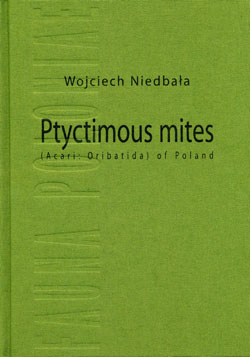 |
Wojciech Niedbała Ptyctimous mites (Acari, Oribatida) of Poland Museum and Institute of Zoology of the Polish Academy of Sciences Warszawa 2008 ca 173 x 243 mm, 242 pages, 42 plates, 35 tables, hardcover ISBN 978-83-918040-6-3 |
Cena: 55 zł + koszt przesyłki
Orders:
Please contact our orders department, or use online form (secure HTTPS connection)
A monograph of the ptyctimous mites (Acari, Oribatida) of Poland, typical xylophagous soil mites, has been prepared on the basis of 22 654 individuals found in 869 samples. A detailed analysis of morphology of representatives of ptychoid groups has been provided. The species occurring in Poland have been classified into two cohorts of Arthroptyctima and Euptyctima, two superfamilies Phthiracaroidea and Euphthiracaroidea, 5 families: Mesoplophoridae, Oribotritiidae, Euphthiracaridae, Phthiracaridae and Steganacaridae, and 12 genera. Diagnoses of higher taxa have been followed by a review of the species. At present the number of species known from Poland is 40. Compared to the previous studies, the number of species known from Poland was enriched by 20, including six species new to the science. Each species is illustrated and characteristics of morphology as well as metric data are provided; synonyms are listed under specific names. Keys for identification of the species and higher taxa are given.
Key words: Acari, Oribatida, ptyctimous mites, systematic, ecology, Poland
Fauna Polski - Nowa seria - vol. 2 - Middle and late Pleistocene
 |
Ewa Barycka Middle and late Pleistocene Felidae and Hyaenidae of Poland Fauna Poloniae Vol.2 New series Museum and Institute of Zoology of the Polish Academy of Sciences and Natura optima dux Foundation. Warszawa 2008 ca 173 x 243 mm, 228 pages, 101 figures, 59 tables, hardcover ISBN 978-83-918040-5-6 |
Cena: 54 zł + koszt przesyłki
Orders:
Please contact our orders department , or use online form (secure HTTPS connection)
A revision of middle and late Pleistocene feliform carnivoran remains from the caves in the vicinity of Cracow proved the presence of Crocuta crocuta spelaea, Felis silvestris and Panthera spelaea spelaea and, for the first time, Panthera spelaea fossilis, thus enriching the list of big cats in Polish middle Pleistocene fauna. No Lynx remains were found. Analyses of Crocuta crocuta’s teeth brought about the revision of cave hyaena stratigraphy. Correlations between migration events and the size and shape of teeth were recognized. Different limb proportions are regarded as leading to a reduction of cursoriality but an increase in endurance and stability while carrying large pieces of carcass. Detailed evolutionary changes were determined in cave lion evolution. Additional diagnostic differences were recognized for Panthera spelaea. Mass and sexual dimorphism of cave lion were estimated. A marked narrowing of the lower incisors region and different proportion of limb bones were found. When compared to modern European wildcats, wildcat remains reveal intermediate characteristics between Felis silvestris silvestris and Felis silvestris tatressia.
Key words: Carnivora, Panthera spelaea, Crocuta spelaea, systematics, morphology, Europe
Coleoptera Poloniae: Tenebrionoidea (Tenebrionidae, Boridae)
|
|
Critical checklist, distribution in Poland and meta-analysis Iwan D., Kubisz D., Tykarski P. 2012. Coleoptera Poloniae: Tenebrionoidea (Tenebrionidae, Boridae). University of Warsaw – Faculty of Biology, Hardcover, 176 x 250 mm, 480 pages, 200 figures, maps ISBN 978-83-935107-1-9 Cena: 75 euro + 5% VAT + postage orders: Please contact Ten adres pocztowy jest chroniony przed spamowaniem. Aby go zobaczyć, konieczne jest włączenie w przeglądarce obsługi JavaScript. |
Please contact our orders department Ten adres pocztowy jest chroniony przed spamowaniem. Aby go zobaczyć, konieczne jest włączenie w przeglądarce obsługi JavaScript., or use online form (secure HTTPS connection)
Special Offer (save up to 70%)
Abstract
The book provides a summary of data on occurrence of Tenebrionidae and Boridae in Poland.
The presence of 73 species of Tenebrionidae and 1 Boridae species is confirmed, while 28
tenebrionid taxa are considered doubtful or needing confirmation, although reported in the past.
Data on distribution of the confirmed taxa cover localities, UTM 10x10 km grid coordinates,
dates, collections that hold specimen, and source references, accompanied by distribution maps
generalized to the UTM grid. A separate chapter gives an overview of Palaearctic distribution of all
the discussed taxa, including subspecies when applicable. Detailed taxonomic checklist of the group
including synonymy is also provided separately. The distribution catalogue part is followed by the
meta-analysis built upon a database covering all the presented information. A number of analytical
and generalization techniques was used, giving synthetic views on research intensity and number of
species known in different parts of the country, commonness-abundance relationship and relative
species richness fives a new quality to traditional faunistics, being paired with the database that will
be available online through the Biodiversity Map and Coleoptera Poloniae websites, served by the
Polish Biodiversity Information Network (KSIB).
Key words
Coleoptera, Tenebrionoidea, Tenebrionidae, Boridae, biodiversity, faunistics, zoogeography,
distribution, meta-analysis, checklist, museum collections, Poland
Fauna Polski - Nowa seria - vol.1 - Trombidiidae of Poland
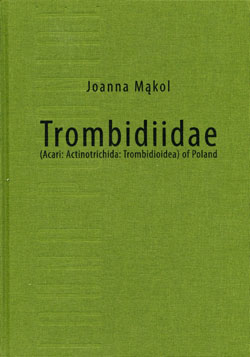 |
Joanna Mąkol Trombidiidae(Acari: Actinotrichida: Trombidioidea) of PolandFA U N A Museum and Institute of Zoology 39 tables with morphometric data, hardcover ISBN 83-918040-1-1 |
Cena: 48 zł + koszt przesyłki
Orders:
Please contact our orders department , or use online form (secure HTTPS connection)
Abstract: Twenty seven species of Trombidiidae have been recorded from Poland. Nine of them are known from larvae and postlarval instars, fourteen – exclusively from postlarval forms, four – only from larvae. Descriptions are provided with figures, distribution maps and tabulated metric characters. The following new synonyms are proposed: Sericothrombium brevimanum Berlese, 1910 (= Trombidium rowmundi Haitlinger, 1996), Acarus holosericeus L. (= Trombidium poriceps Oudemans, 1904), Trombidium rimosum C. L. Koch, 1837 (= Trombidium meyeri Krausse, 1916), Trombidium megalochirum Berlese, 1910 (= Dinothrombium rubropurpureum Oudemans, 1914), Trombidium filipes C. L. Koch, 1837 (= Podothrombium magnum Berlese, 1910, = Podothrombium proti Haitlinger, 1994, = Podothrombium roari Haitlinger, 2000), Podothrombium kordulae Haitlinger, 1995 (= Podothrombium rigobertae Haitlinger, 1995), Podothrombium verae Haitlinger, 1995 (= Podothrombium tersonderi Haitlinger, 1995). Neotypes are designated for Trombidium rimosum C. L. Koch, 1837, Trombidium fuliginosum Hermann, 1804, Trombidium molliculum C. L. Koch, 1837 and Trombidium bicolor Hermann, 1804, whereas lectotypes – for Allothrombium wolmari Haitlinger, 2000, Podothrombium macrocarpum Berlese, 1910 and Podothrombium strandi Berlese, 1910. Sericothrombium carpaticum Feider, 1950, Trombidium fuornum Schweizer, 1951 and Trombidium susteri Feider, 1956 are treated as doubtful taxa. The specific status of Allothrombium lechi Haitlinger, 1996 (syn. of Trombidium fuliginosum Hermann, 1804 [?]) and Podothrombium dariae Haitlinger, 1995 is also regarded as doubtful because of insufficiently indicated differentiating characters and the poor condition of type specimens, which do not allow a critical reappraisal of the types.
Trombidium latum C. L. Koch, 1837, Trombidium monticola sp. nov., Podothrombium macrocarpum Berlese, 1910, Podothrombium spinosum Feider, 1955 and Podo thrombium strandi Berlese, 1910 are new to the Polish fauna. Allothrombium meridio nale Berlese, 1910 and Allothrombium pergrande Berlese, 1903 should be excluded from the checklist of trombidiids of Poland due to misidentifications confirmed after studies of the type material in the Berlese Acaroteca.
Key words: Acari, Trombidiidae, taxonomy, new species, new synonyms, Poland.
Pracownia Badań Ornitologicznych
Główne projekty badawcze
- Zmienność wielkości gniazda u dziuplaków - efekt prezentacji jakości samicy, reakcji na jakość samca czy wymogów termoregulacyjnych
- Wpływ pasożytów krwi na dostosowanie ptaków z grupy dziuplaków
- Znaczenie zrębów dla kształtowania awifauny lasów gospodarczych
- Fragmentacja środowisk leśnych a funkcjonowanie populacji dziuplaków
- Monitoring ptaków, w tym monitoring obszarów specjalnej ochrony ptaków Natura 2000
Przykładowe publikacje
- Dubiec A., Góźdź I., Mazgajski T. D. 2013. Green plant material in avian nests. Avian Biology Research 6: 133–146.
- Kosicki J. Z., Chylarecki P. 2012. Effect of climate, topography and habitat on species-richness of breeding birds in Poland. Basic and Applied Ecology 13: 475-483.
- Żmihorski M. 2012. The effects of natural and anthropogenic disturbances on breeding birds in managed forests. Ornis Fennica 89: 63-73.
- Kanarek G. 2011. Population biology of Contracaecum rudolphii sensu lato (Nematoda) in the great cormorant (Phalacrocorax carbo) from northeastern Poland. Journal of Parasitology 97: 185–191.
- Zagalska-Neubauer M., Babik W., Stuglik M., Gustafsson L., Cichoń M., Radwan J. 2010. 454 sequencing reveals extreme complexity of the class II Major Histocompatibility Complex in the collared flycatcher. BMC Evolutionary Biology 10: 395.
- Zielińska M., Dubiec A., Zieliński P. 2010. Offspring sex ratio skew in the sexually monomorphic house martin. Journal of Avian Biology 41: 591-596.
- Żmihorski M. 2010. The effect of windthrow and its management on breeding bird communities in a managed forest. Biodiv. Conserv. 19:1871-1882.
- Neubauer G., Zagalska-Neubauer M. M., Pons J.-M., Crochet P.-A., Chylarecki P., Przystalski A., Gay L. 2009. Assortative mating without complete reproductive isolation in a zone of recent secondary contact between Herring Gulls (Larus argentatus) and Caspian Gulls (L. cachinnans). Auk 126: 409-419.
- Chylarecki P., Sikora A., Cenian Z. (red). 2009. Monitoring ptaków lęgowych. Poradnik metodyczny dotyczący gatunków chronionych Dyrektywą Ptasią. Główny Inspektorat Ochrony Środowiska, Warszawa
- Mazgajski T.D. 2007. Nest hole age decreases nest site attractiveness for the European Starling Sturnus vulgaris. Ornis Fennica 84: 32-38.
Wydajemy ACTA ORNITHOLOGICA (IF 2012 = 1.681, 5. pozycja w rankingu Journal Citation Reports dla 22 czasopism w kategorii Ornitologia)
Poszukujemy współpracowników do projektów badawczych:
- Oferujemy możliwość prowadzenia badań do pracy magisterskiej, licencjackiej i inżynierskiej w ramach projektów prowadzonych w Pracowni.
- Uczestnictwo w poszczególnych projektach badawczych, realizowanych w Pracowni możliwe jest również w ramach wolontariatu lub płatnego stażu absolwenckiego
- Umożliwiamy odbycie obowiązkowych praktyk studenckich
Osoby zainteresowane prosimy o kontakt z pracownikami
Fauna Polski (Fauna Poloniae)

The Fauna Polski series provides synthetic review of particular animal families occurring in Poland. Each volume represents, at the time of its publication, the state of art in our knowledge concerning morphology, zoogeography, and bionomy of animals studied. It also contains detailed information about collecting methods, identification keys (in some cases also in English), systematic index, and is rich in illustrations of diagnostic characters, and relevant bibliography.
| Tom | Autorzy | Tytuł, rok wydania, strony |
Cena |
| 1 |
J. D. Plisko |
Lumbricidae - Dżdżownice (Annelida: Oligochaeta), 1973, 156 pp. |
12 zł |
| 2 |
A. Riedel and A. Wiktor |
Arionacea - Ślimaki krążkowate i ślinikowate (Gastropoda: Stylommatophora), 1974, 140 pp. |
20 zł |
| 3 |
S. M. Klimaszewski |
Psyllodea - Koliszki (Insecta: Homoptera), 1975, 295 pp. |
20 zł |
| 4 |
M. Mroczkowski |
Dermestidae - Skórnikowate (Insecta: Coleoptera), 1975, 163 pp. |
Nakład wyczerpany |
| 5 |
W. Staręga |
Opiliones - Kosarze (Arachnoidea), 1976, 197 pp. |
40 zł |
| 6 |
W. Bazyluk |
Blattodea et Mantodea - Karaczany i modliszki (Insecta), 1977, 173 pp. |
Nakład wyczerpany |
| 7 |
R. Bańkowska |
Conopidae - Wyślepki (Insecta: Diptera), , 1979, 134 pp. |
25 zł |
| 8 |
P. Trojan |
Tabanidae - Ślepaki (Insecta: Diptera), 1979, 309 pp. |
50 zł |
| 9 |
S. Mazur |
Histeridae - Gnilikowate (Insecta: Coleoptera), 1981, 207 pp. |
25 zł |
| 10 |
A. Warchałowski |
Chrysomelidae - Stonkowate (Insecta: Coleoptera). Part I, 1985, 273 pp. |
Nakład wyczerpany |
| 11 |
L. Borowiec |
Bruchidae - Strąkowce (Insecta: Coleoptera), 1988, 226 pp. |
Nakład wyczerpany |
| 12 |
A. Wiktor |
Limacoidea et Zonitoidea nuda - Ślimaki pomrowiokształtne (Gastropoda: Stylommatophora), 1989, 207 pp. |
Nakład wyczerpany |
| 13 |
A. Warchałowski |
Chrysomelidae - Stonkowate (Insecta: Coleoptera). Part II, 1991, 347 pp. |
40 zł |
| 14 |
S. Niesiołowski |
Empididae aquatica - Wodne wujkowate (Insecta: Diptera). 1992, 128 pp. |
12 zł |
| 15 |
A. Warchałowski |
Chrysomelidae - Stonkowate (Insecta: Coleoptera). Part III, 1993, 279 pp. |
40 zł |
| 16 |
A. Warchałowski |
Chrysomelidae - Stonkowate (Insecta: Coleoptera). Part IV, 1994, 302 pp. |
40 zł |
| 17 |
A. Warchałowski |
Chrysomelidae - Stonkowate (Insecta: Coleoptera). Part V, 1995, 360 pp. |
40 zł |
| 18 |
L. Borowiec |
Mordellidae - Miastkowate (Insecta: Coleoptera). 1996, 191 pp. |
Nakład wyczerpany |
| 19 |
M. Żabka |
Salticidae - Pająki skaczące (Arachnida: Aranea). 1997, 188 pp. |
40 zł |
| 20 |
A. Warchałowski |
Chrysomelidae - Stonkowate (Insecta: Coleoptera). Part VI, 1998, 292 pp. |
40 zł |
| 21 |
D. Tarnawski |
Elateridae - Sprężykowate (Insecta: Coleoptera). Part I, 2000, 415 pp. Incl. 691 figs., keys in both English and Polish, 30 pp. of cited literature. Hard cover. |
40 zł |
| 22 |
A. Warchałowski |
Chrysomelidae - Stonkowate (Insecta: Coleoptera). Part VII, 2000, 359 pp. Incl. supplement to parts I-VI, 345 figs., 144 pp. of cited literature. Hard cover. |
40 zł |
| 23 |
Agnieszka Draber-Mońko |
Calliphoridae - Plujki (Insecta: Diptera). 2004, 658 pp. Hard cover. |
60 zł
|
Identification of avian claws
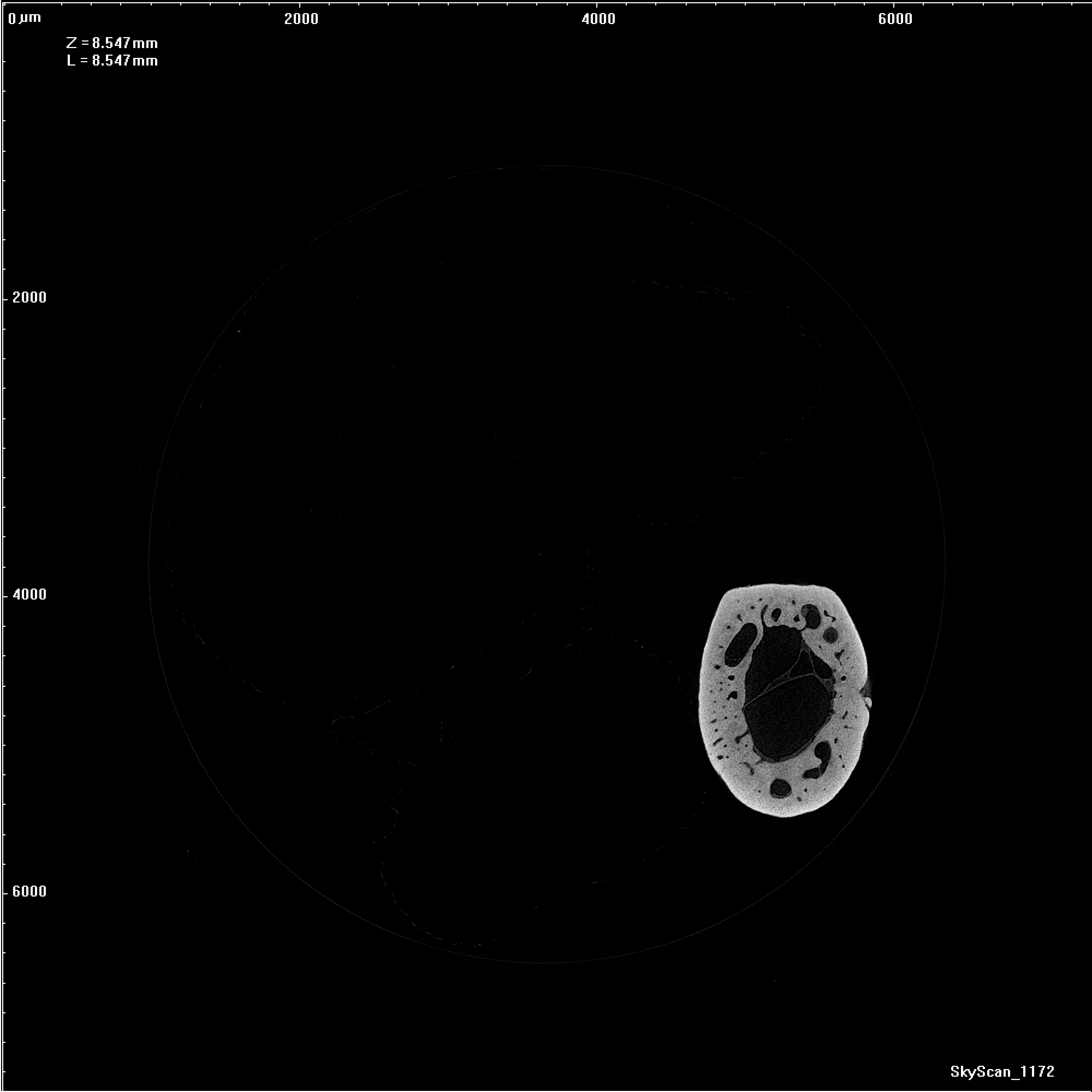
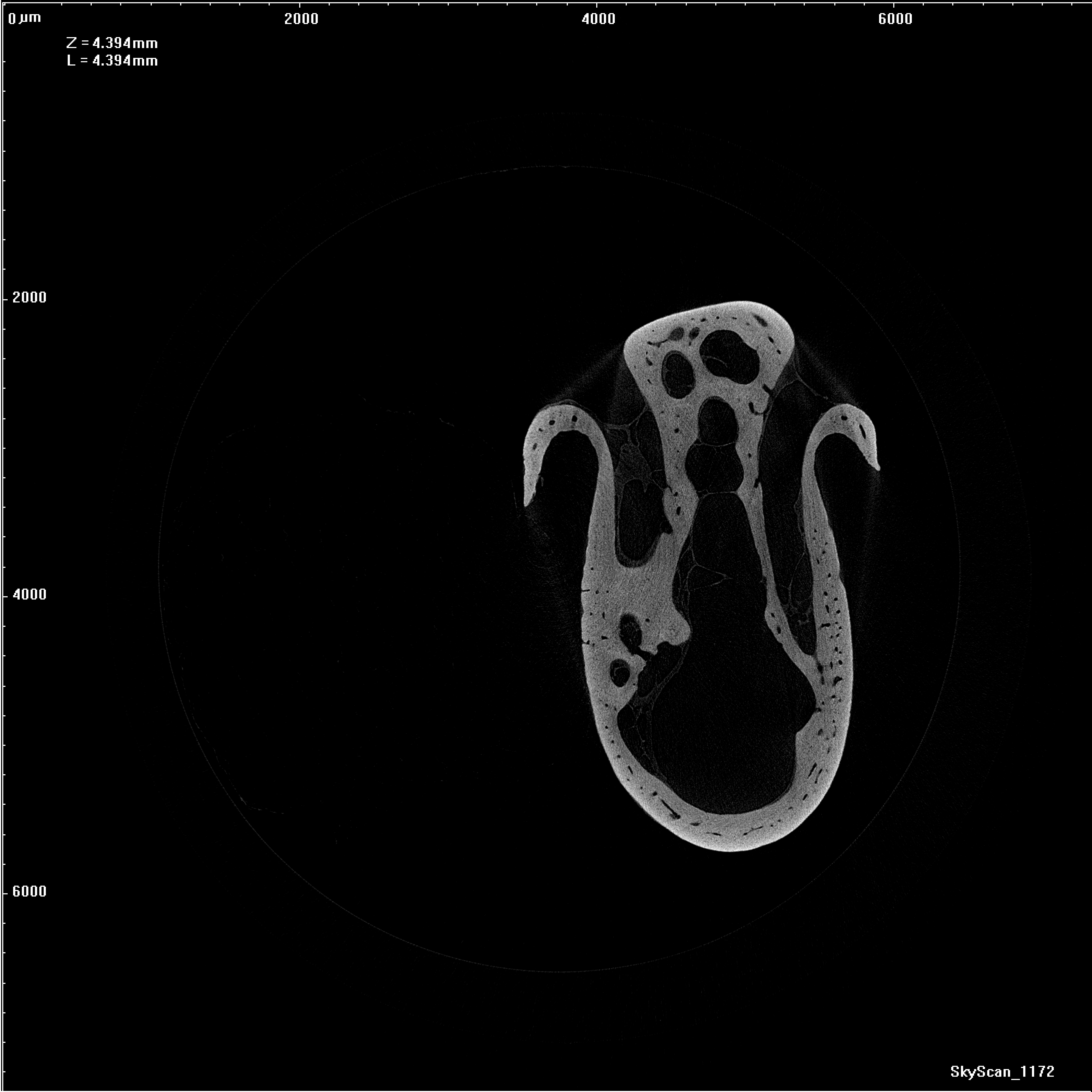


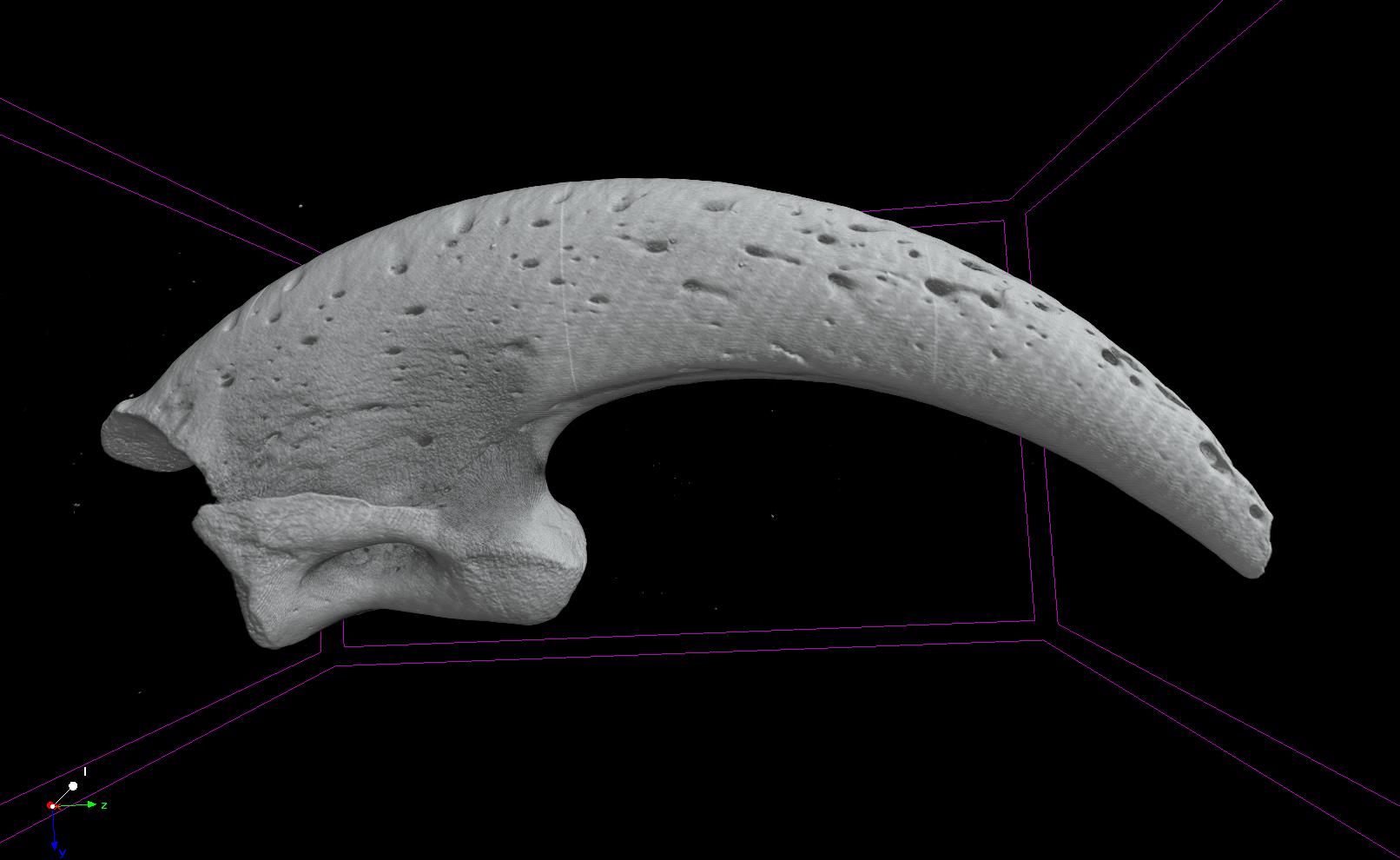
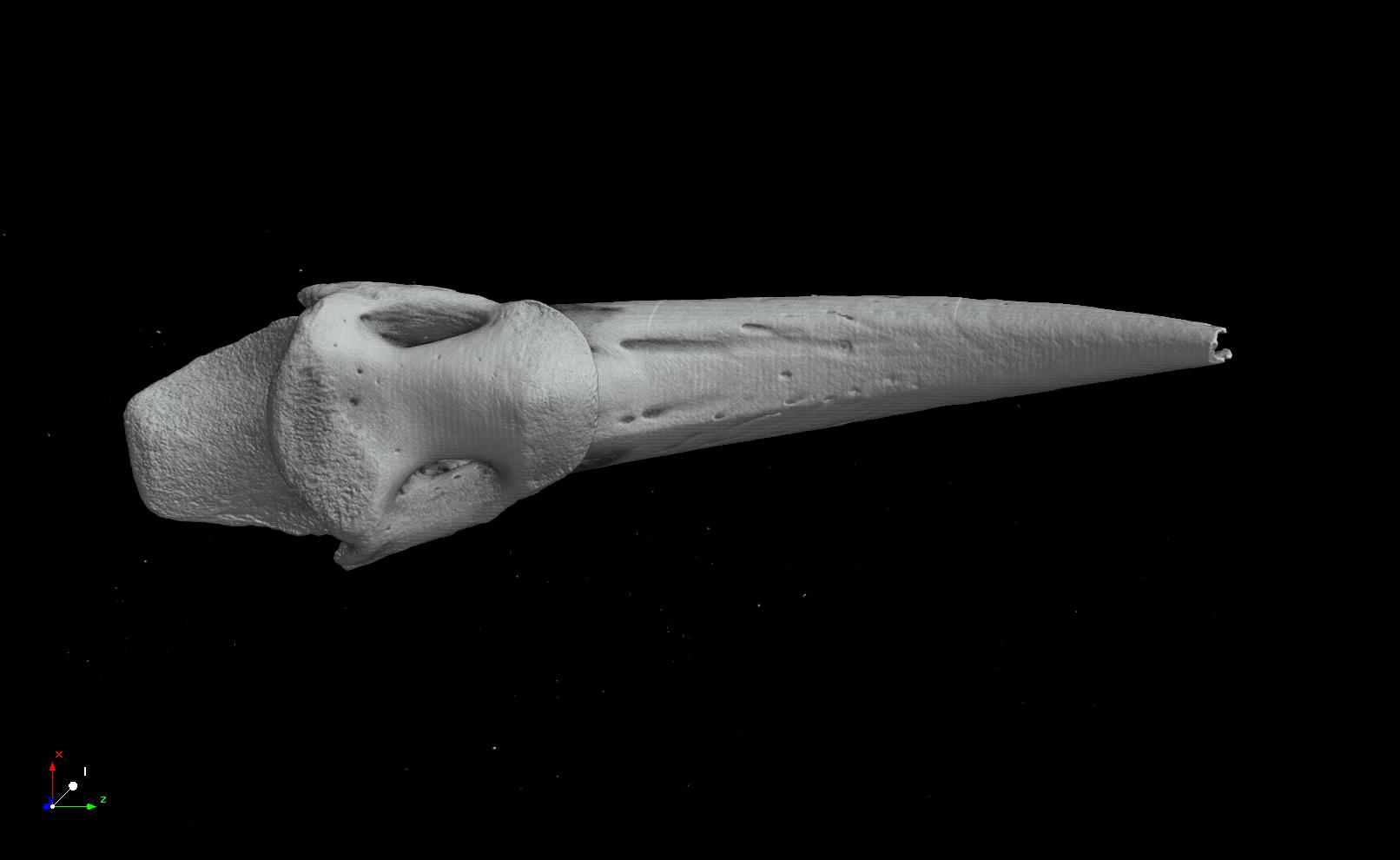
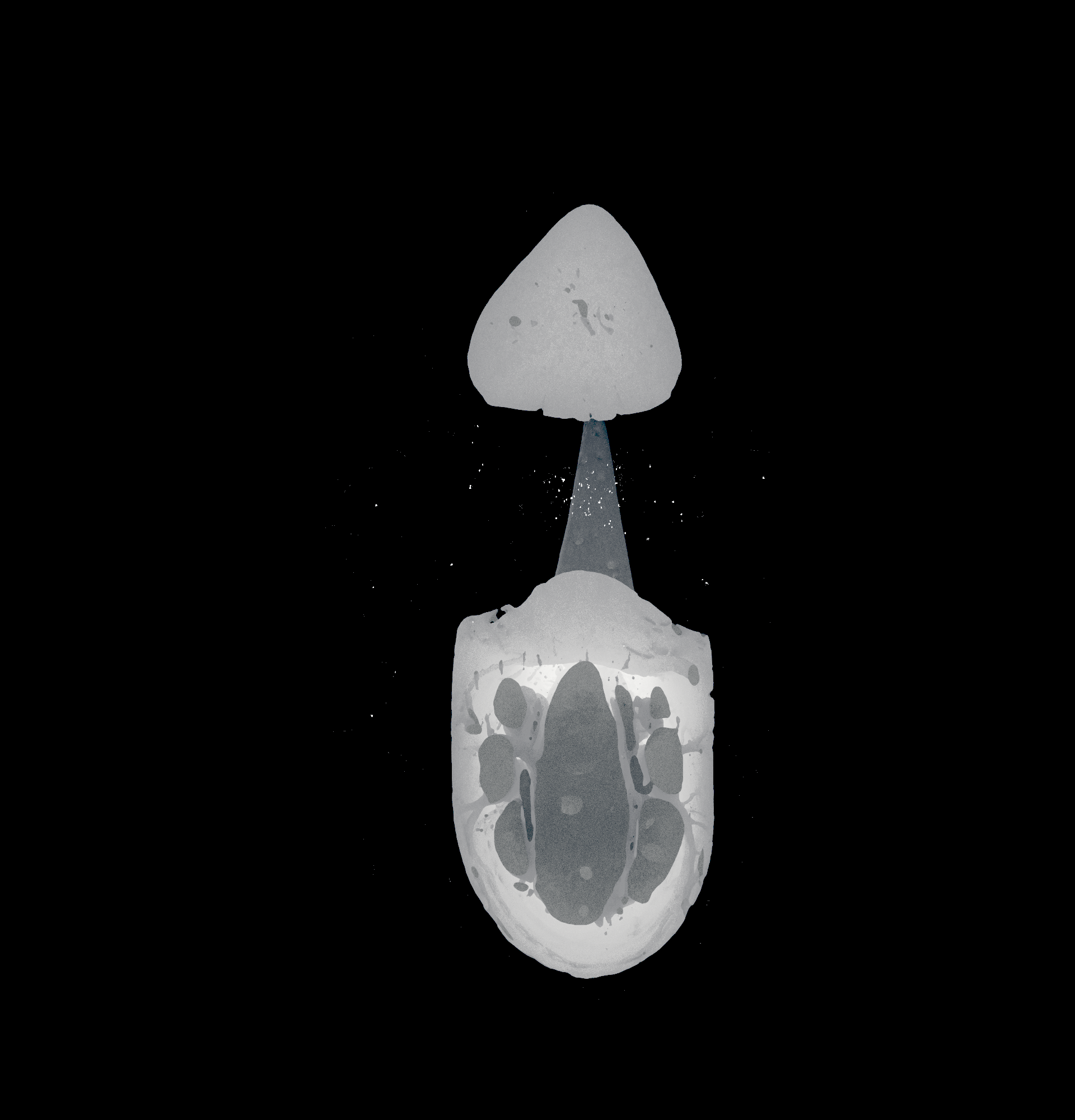
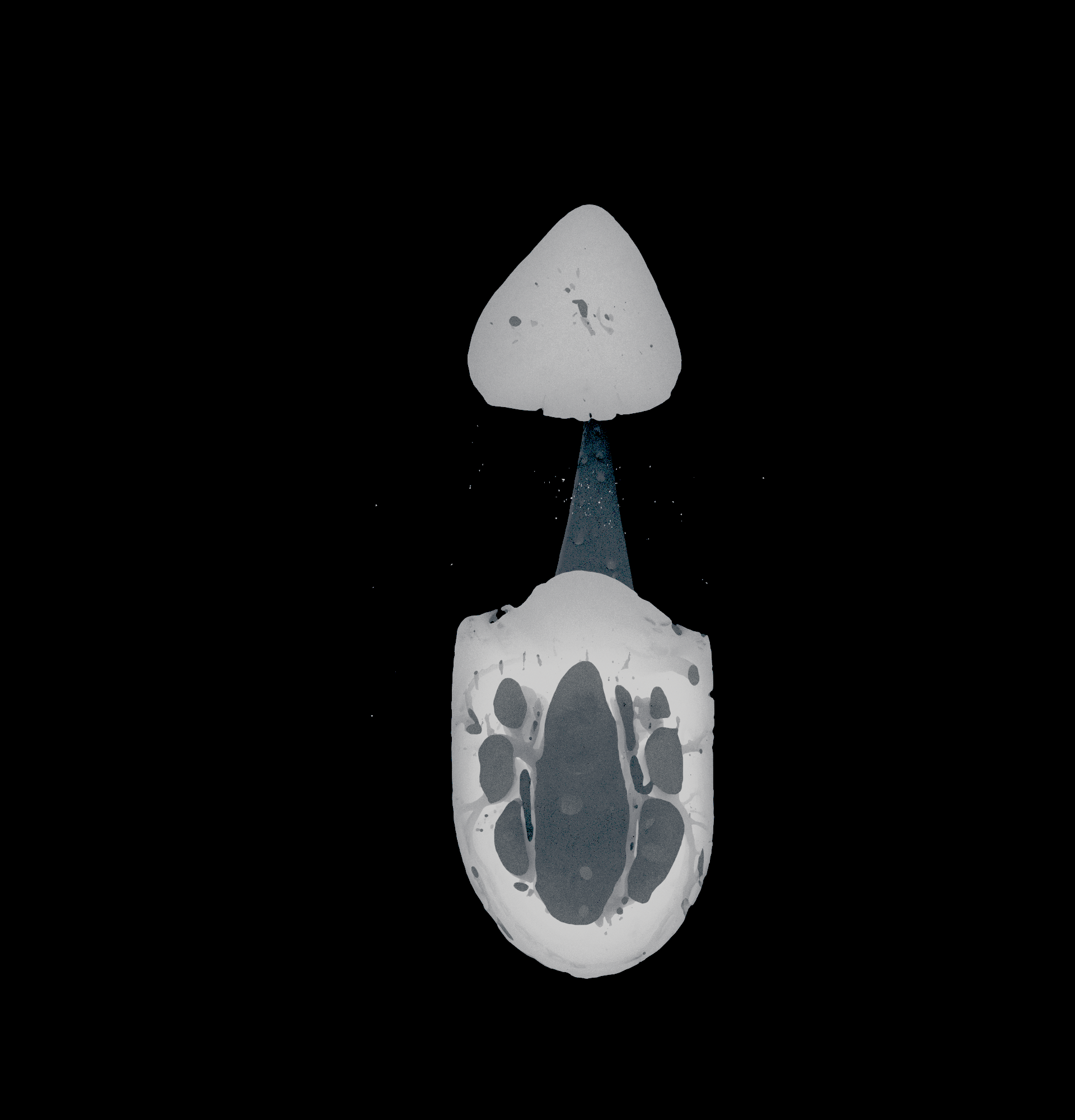

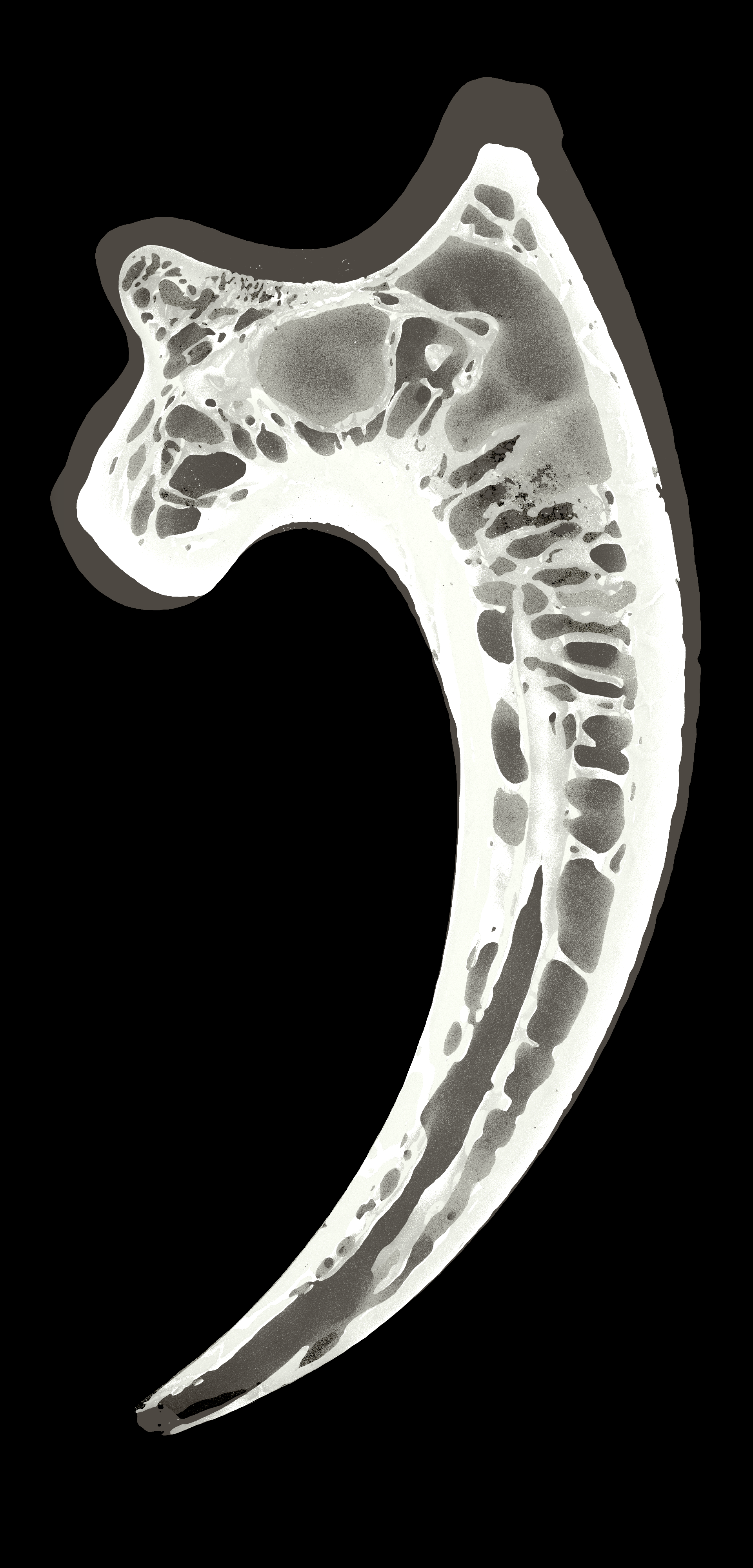
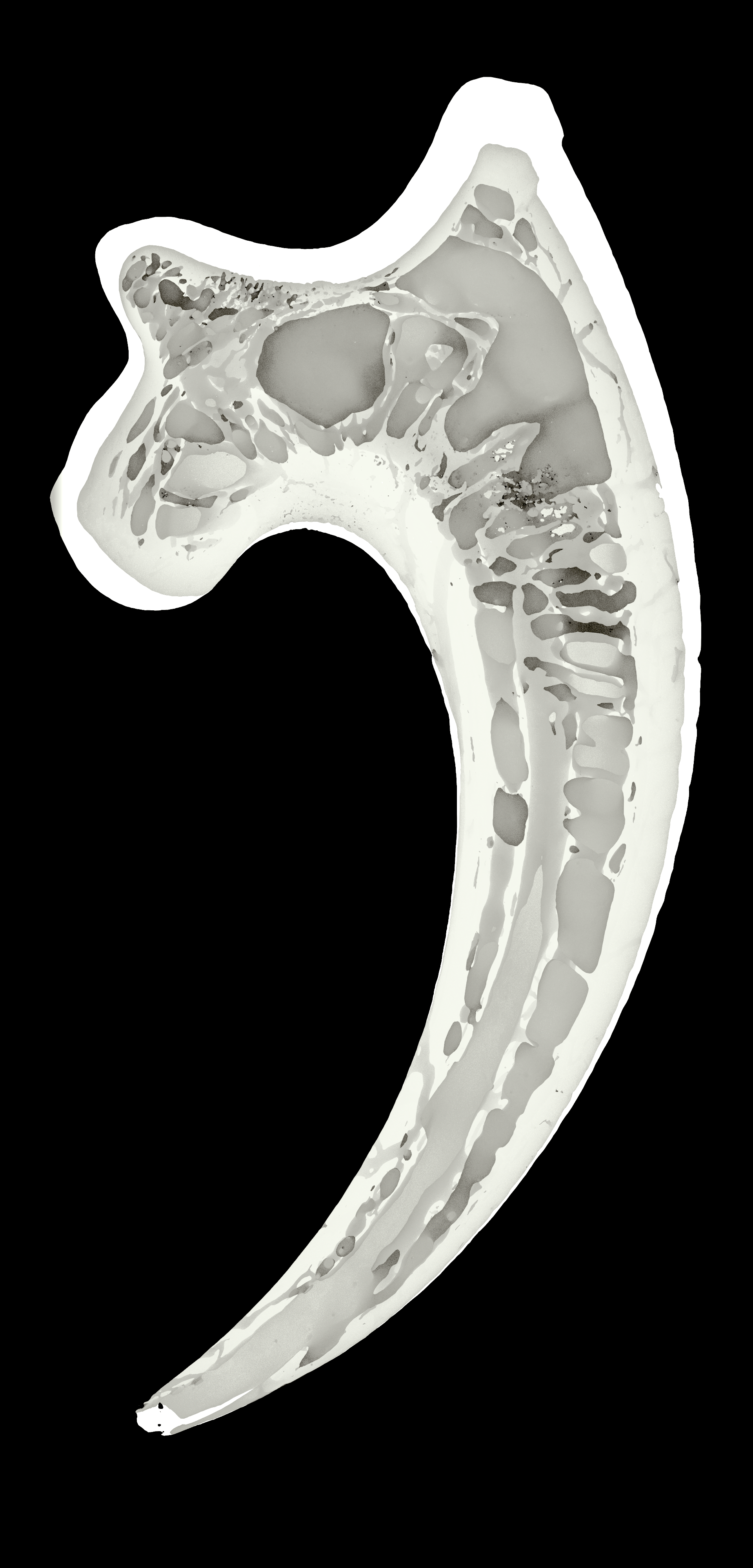
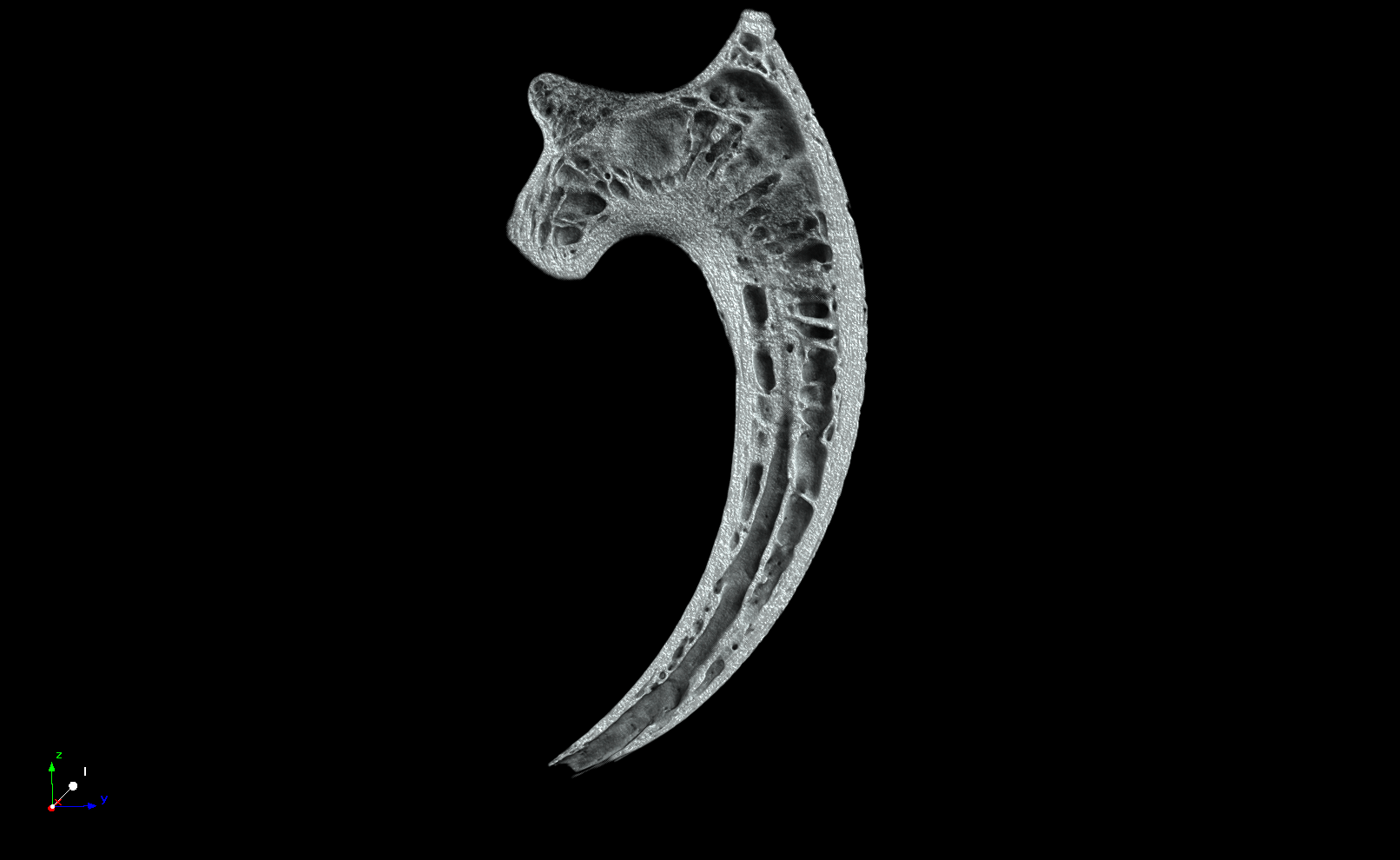
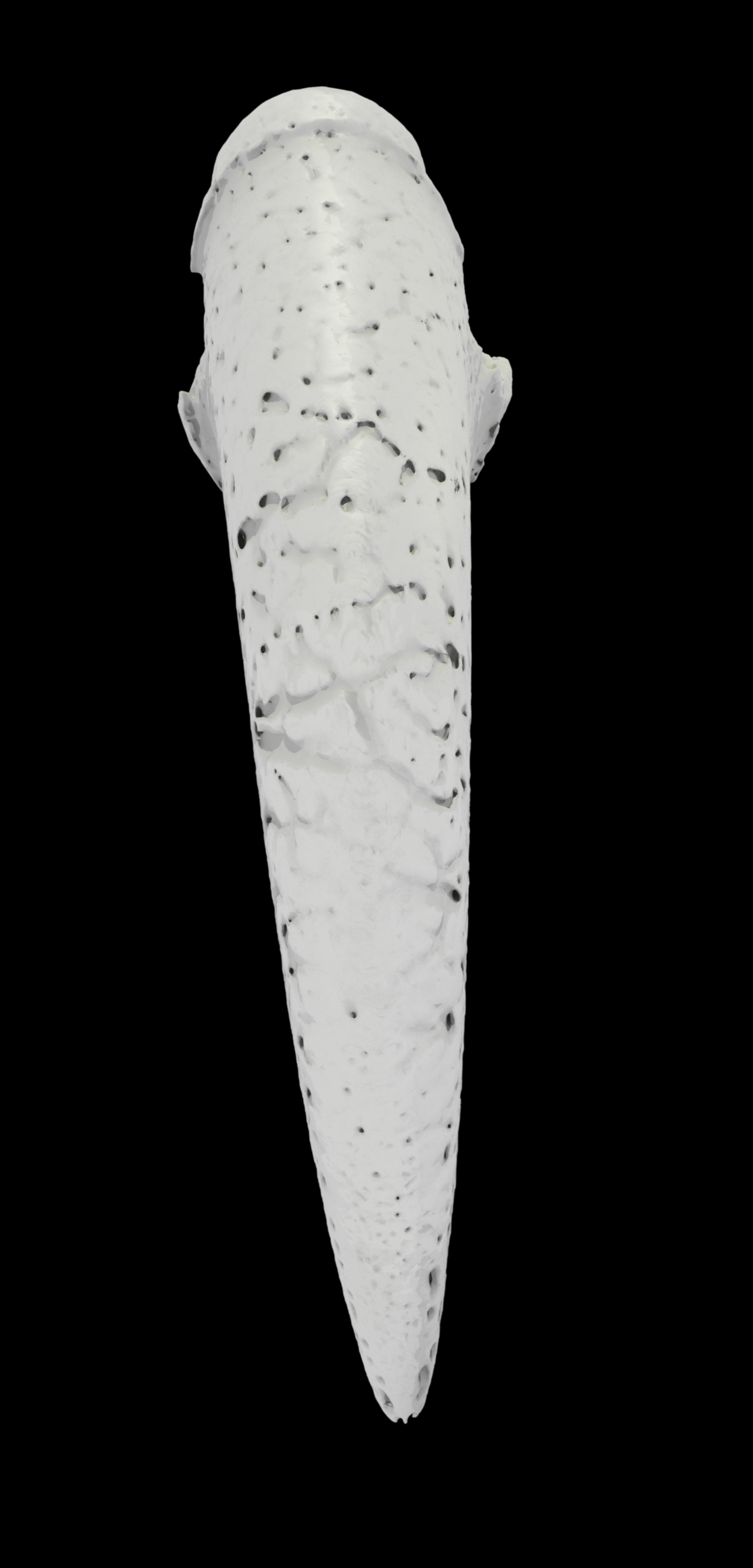 \
\
Coleoptera Poloniae: Tenebrionoidea (Tetratomidae, Melandryidae, Ripiphoridae, Prostomidae, Oedemeridae, Mycteridae, Pythidae, Aderidae, Scraptiidae)
 |
Critical checklist, distribution in Poland and meta-analysis Kubisz D., Iwan D., Tykarski P. 2014. Coleoptera Poloniae: Tenebrionoidea (Tetratomidae, Melandryidae, Ripiphoridae, Prostomidae, Oedemeridae, Mycteridae, Pythidae, Aderidae, Scraptiidae). University of Warsaw – Faculty of Biology, Hardcover, 176 x 250 mm, 470 pages, 209 figures, maps ISBN 978-83-935107-9-5 Price: 75 euro + 5% VAT + postage orders: Please contact Ten adres pocztowy jest chroniony przed spamowaniem. Aby go zobaczyć, konieczne jest włączenie w przeglądarce obsługi JavaScript. |
Abstract
The book catalogues distribution data on occurrence of families of Tenebrionoidea. Having reviewed available distribution data, we consider 84 species to be present in Poland: Aderidae (7 species), Melandryidae (27), Oedemeridae (22), Prostomidae (1), Pythidae (3), Ripiphoridae (3), Scraptiidae (15) and Tetratomidae (6). 27 species were considered doubtful due to misindentifications or a long-term lack of new occurrences, including Mycteridae. Data on distribution of the confirmed taxa cover source references, localities, UTM 10×10 km grid coordinates, dates and collections that hold specimen, accompanied by distribution maps generalized to the UTM grid. A separate chapter gives an overview of Palaearctic distribution of all the discussed taxa, including subspecies when applicable. Detailed taxonomic checklist of the covered groups including synonymy is also provided. The distribution catalogue part is followed by the meta-analysis built upon a database covering all the presented information. A number of analytical and generalization techniques was used, giving synthetic views on research intensity and some other parameters at a species and family level. The publication follows the former volume of the Coleoptera Poloniae series, extending traditional faunistics by links to the database that is available online through the Biodiversity Map and Coleoptera Poloniae websites, served by the Polish Biodiversity Information Network (KSIB).
Key words
Coleoptera, Tenebrionoidea, Tetratomidae, Melandryidae, Ripiphoridae, Prostomidae, Oedemeridae, Mycteridae, Pythidae, Aderidae, Scraptiidae, biodiversity, faunistics, zoogeography, distribution, meta-analysis, checklist, museum collections, Poland.
Sekcja Ornitologiczna PT Zool.
Seminaria odbywają się w każdą drugą środę miesiąca o godz. 17.30 w Sali Konferencyjnej.
Najbliższe seminaria:
9.11.2016
Pan WITOLD MUCHOWSKI "Wielkie moce małej sowy"
14.12.2016
Pan Dr MATEUSZ LEDWOŃ (Instytut Systematyki i Ewolucji Zwierząt, Kraków) „Perypetie małżeńskie rybitw białowąsych - zdrady i rozwody”
11.01.2017
Pan Dr TOMASZ WILK (Ogólnopolskie Towarzystwo Ochrony Ptaków) „Ptaki polskich Karpat - czy wiemy już wszystko?”
Strona 4 z 7






